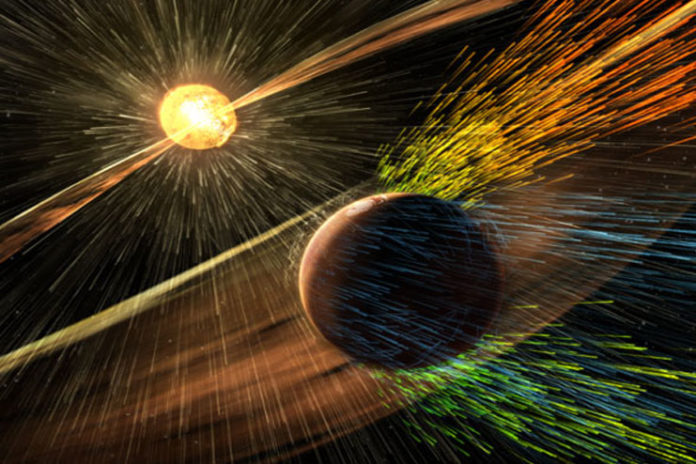The US military currently uses a sensing technique that remotely monitors the air to detect potentially life-threatening chemicals, toxins and pathogens, has inspired a new instrument that could “sniff” for life on Mars. A fluorescence-based lidar, BILI – Bio-Indicator Lidar Instrument, is a type of remote-sensing instrument similar to radar, in principle and operation.
Lidar instruments uses light to detect and analyse the composition of particles in the atmosphere. NASA has earlier used fluorescence instruments to detect chemicals in the atmosphere of earth, as part of its research on climate-studies. The agency Has not employed the technique in planetary studies.
“NASA has never used it before for planetary ground level exploration. If the agency develops it, it will be the first of a kind,” said Branimir Blagojevic, a NASA technologist at the Goddard Space Flight Center in Greenbelt, Maryland.
“This makes our instrument an excellent complementary organic-detection instrument, which we could use in tandem with more sensitive, point sensor-type mass spectrometers that can only measure a small amount of material at once,” Blagojevic said.
“BILI’s measurements do not require consumables other than electrical power and can be conducted quickly over a broad area. This is a survey instrument, with a nose for certain molecules,” Blagojevic noted.
“With such a tool, which also could be installed on an orbiting spacecraft, NASA could dramatically increase the probability of finding bio-signatures in the solar system, he added.
“We are ready to integrate and test this novel instrument, which would be capable of detecting a number organic bio-signatures,” Blagojevic said.
By Premji













































